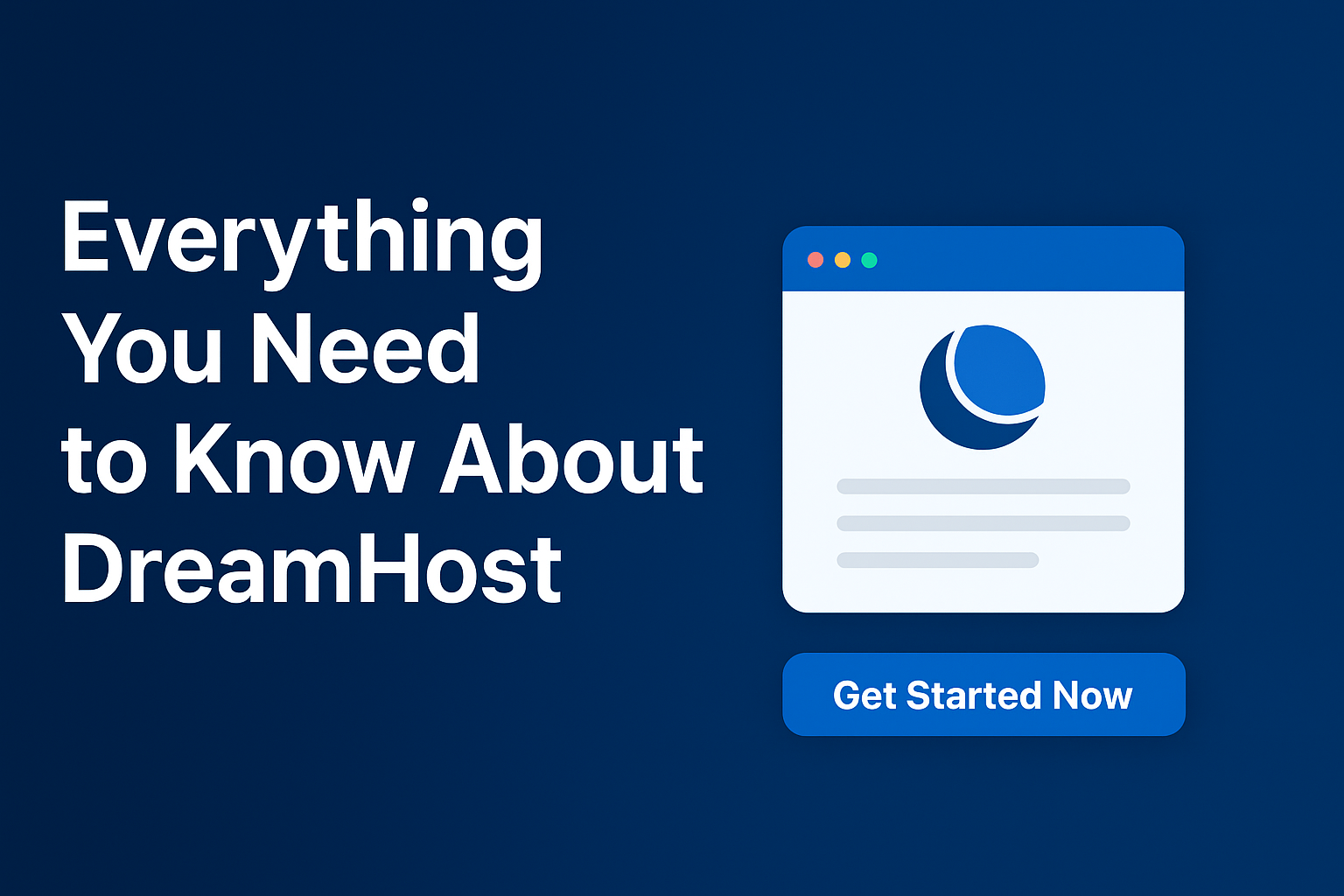Nowadays, having a website that is available and responsive is essential in the modern digital world. A responsive website means that the design adjusts seamlessly to different screen sizes and devices, while an accessible website means that it can be used by all users, including those with disabilities. In this article, we will explore the basics of building a responsive and accessible website using HTML and CSS.
Initial: Build a Responsive and Accessible Website
HTML and CSS are the foundation of web development. HTML is the markup language used to create the structure and content of a website, while CSS is used to style and layout that content. To build a responsive and accessible website, we need to use both of these languages in the correct way.
Start with a solid HTML structure
The first step in building a responsive and accessible website is to start with a solid HTML structure. This means using semantic HTML elements to create the structure of the website. Semantic HTML elements are tags that describe the meaning of the content they contain. For example, using the <header> tag for the header section of the website, and the <nav> tag for the navigation menu.
Using semantic HTML elements not only helps search engines understand the content of your website, but it also helps screen readers and other assistive technologies navigate your website. It’s important to ensure that your HTML code is well-structured and easy to read.
Use CSS to create a responsive layout
Once you have created the structure of your website using HTML, it’s time to use CSS to create a responsive layout. Responsive design means that your website should look good on any device, whether it’s a desktop computer, tablet, or mobile phone. To achieve this, we use media queries in CSS to adjust the layout and styles based on the device’s screen size.
Media queries are CSS rules that apply only when certain conditions are met, such as screen size or device orientation. For example, you can use a media query to change the font size of your text on smaller screens or to adjust the width of your navigation menu.
It’s important to design your website with a mobile-first approach, which means designing for the smallest screen size first and then scaling up to larger screens. This approach ensures that your website is optimized for mobile devices, which are increasingly used for web browsing.
Use proper contrast and fonts for accessibility
Accessibility is a critical aspect of website design. It’s important to ensure that your website is accessible to all users, including those with disabilities. One of the key aspects of accessibility is using proper contrast and fonts.
Contrast refers to the difference in color between the foreground (text or images) and the background. It’s important to ensure that there is enough contrast between the text and the background to make it readable for users with visual impairments. The WCAG (Web Content Accessibility Guidelines) recommends a contrast ratio of at least 4.5:1 for normal text and 3:1 for larger text.
Fonts are another important aspect of accessibility. It’s important to use fonts that are easy to read and don’t cause eye strain. Sans-serif fonts are generally easier to read on screens than serif fonts. It’s also important to use a font size that is large enough to be readable on all devices.
Use alt text for images
Another important aspect of accessibility is using alt text for images. Alt text is a description of the image that is read by screen readers and other assistive technologies. It’s important to provide alt text for all images on your website, including decorative images.
The alt text should describe the content or purpose of the image in a concise and accurate manner. For example, if the image is a photo of a person, the alt text could be “Portrait of a young woman smiling”.
Test your website for accessibility
Finally, it’s important to test your website for
accessibility to ensure that it can be used by all users, including those with disabilities. There are several tools available that can help you test your website’s accessibility.
One of the most popular tools is the WAVE Web Accessibility Evaluation Tool, which analyzes your website for accessibility issues and provides suggestions for improvement. Another tool is the Web Accessibility Checker (WAC), which checks your website against WCAG guidelines and provides a detailed report of accessibility issues.
It’s important to test your website on different devices and with different assistive technologies, such as screen readers and voice recognition software. This will help you identify any accessibility issues and make necessary improvements.
Conclusion
Building a responsive and accessible website is essential in today’s digital age. By using HTML and CSS in the correct way, you can create a website that is optimized for all devices and accessible to all users, including those with disabilities.
Start with a solid HTML structure and use CSS to create a responsive layout that adjusts seamlessly to different screen sizes. Use proper contrast and fonts for accessibility, and provide alt text for all images on your website. Finally, test your website for accessibility using tools and assistive technologies.
Last Word
By following these best practices, you can ensure that your website is both responsive and accessible, providing a positive user experience for all visitors.
For more HTML and CSS tutorials, visit W3 Schools


